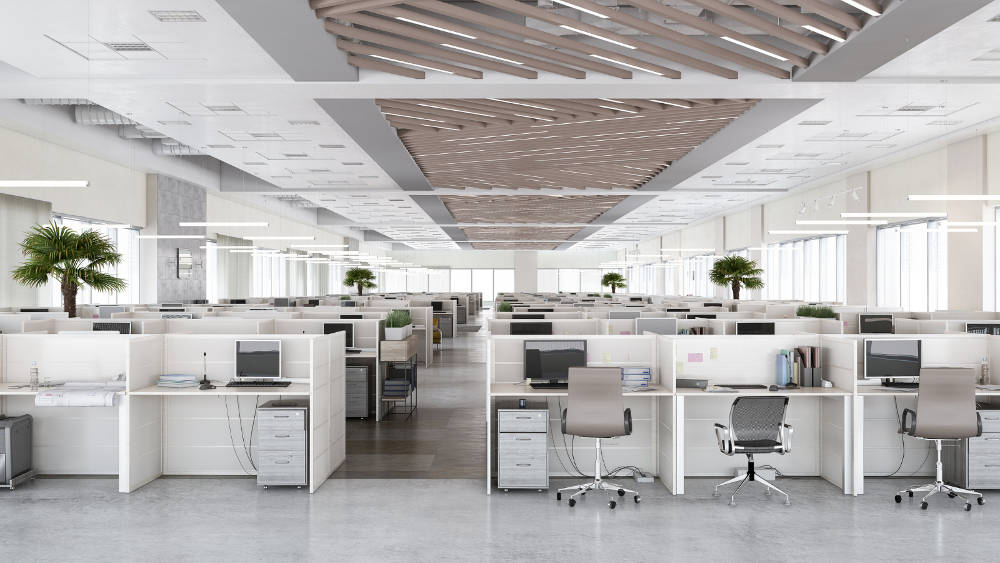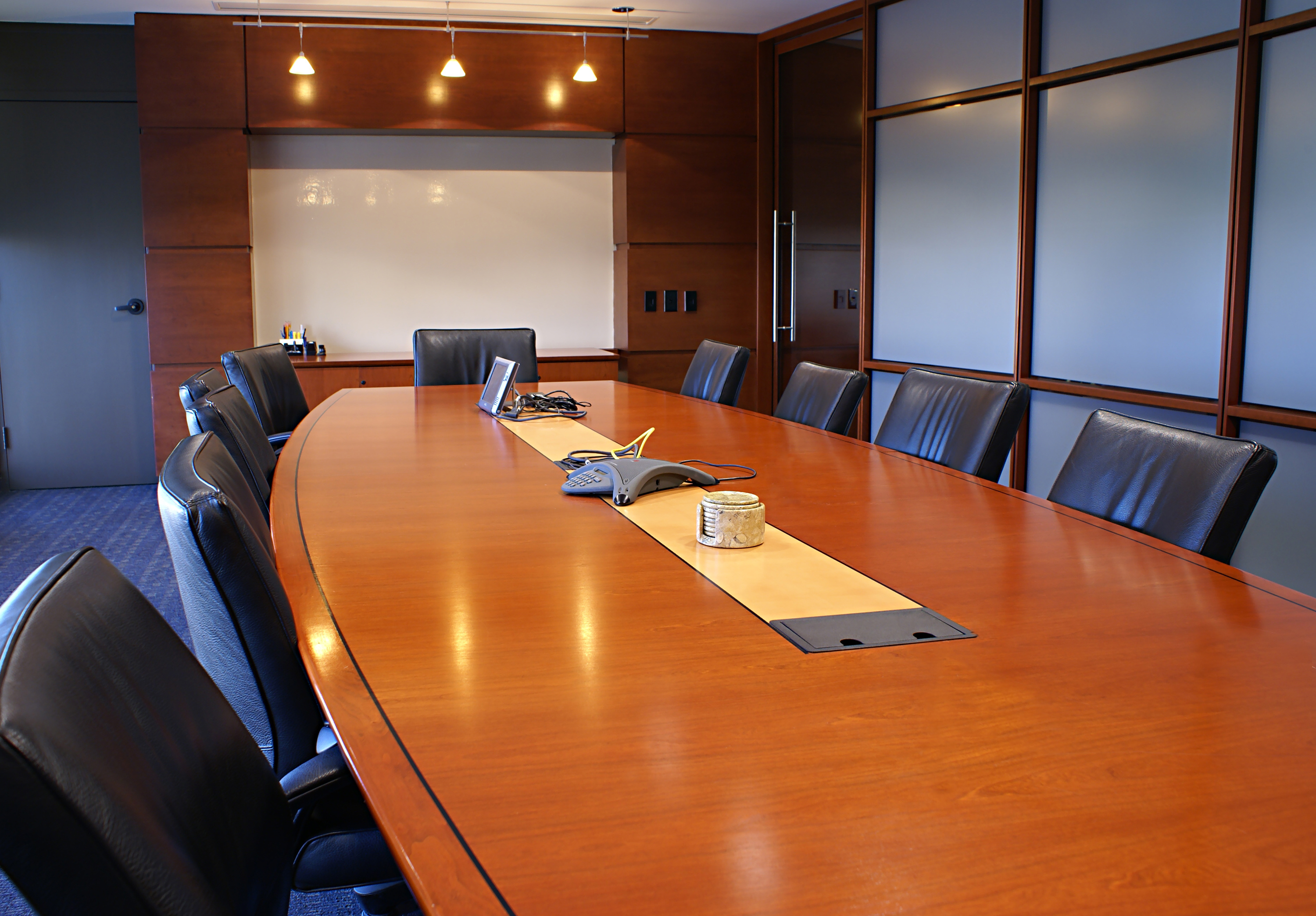The pandemic has forced millions of office workers to telework. There have been mixed reviews about telework – some people feel isolated and disconnected from the workplace, while others are happy to shed the commute and work from home. Most organizations have found that they continue their operations with a remote workforce, which has started speculation about the need for the office.
In my opinion, there are three reasons that you may want to maintain an office:
- Your services and products require an office because of special equipment and machinery and the security level of the content.
- You need a professional office to support client meetings – think accountants, lawyers, etc.
- It is tradition – your organization has always had an office, and the culture would significantly change without one.
How does long-term telework potentially impact the space needs of these reasons for maintaining an office? I have some considerations for you here.
Services and Products Require an Office
I have a friend who works for the Department of Defense. His work requires a top-secret security clearance, so he has not been able to work at home during the pandemic. The content of his work demands an office to safeguard susceptible information. The same concept would be valid for an auto factory. Employees have to come to the factory to use the equipment and machinery.
For these types of organizations, and there are many – police departments, fire departments, hospitals, labs, military bases, etc. – teleworking will have little impact on the need for space. We have recently seen car manufacturers announce that staff can telework, not their factory employees. So, the bottom line is that there may be some marginal ability to allow teleworking for select administrative or headquarters locations but not for frontline and operational personnel. Thus, the opportunity to reduce space through telework is minimal.
Offices for Client Services
I know an accountant who has been teleworking during the pandemic. She has two small children at home and does her best to keep her client videoconference meetings professional, but sometimes, home life and work-life conflict. She explained that she has enjoyed spending more time with her family but misses the office. Most of her clients would come to her in the office, and she could conduct uninterrupted meetings.
From her standpoint, after the pandemic, it would be great if she could do “heads-down” work at home and then go into the office for coworker and client meetings. This approach is called the “hybrid workplace,” where employees split their time between working at home and in the office.
The hybrid workplace represents an ideal situation for blending work and family life while still maintaining the need for an office. However, the office should be optimized for the functions that employees cannot achieve at home.
Organizations have been transitioning from traditional enclosed offices and assigned workstations to open office environments for over a decade. The open office has come under much criticism for its noise and lack of privacy. However, the one thing that many open offices did correctly was to include flexible space – fewer fixed walls in larger open areas that allow the freedom of reconfiguration. Flexibility has been a help during the pandemic as companies have been able to reconfigure office spaces more efficiently and reposition workstations for social distancing.
With high anxiety over returning to the workplace, it has been suggested that employers will need to attract employees to return to the workplace. To do so successfully, the office should be reconfigured for collaborative experiences with various meeting areas that can be changed and adapted to the social distancing requirements. Another feature is the focus on health and wellness. This people-centric approach to design aims to make the office physically and mentally healthier for employees. Some office features include germ-resistant surfaces, touchless technologies, incorporating more fresh air, daylighting, designing with natural features in the office (biophilia), etc.
The result of the hybrid office is to make work a destination. People will want to come to work to take advantage of the gathering and collaborative areas made more effective through technology and people-friendly designs that promote our well-being.
Transitioning to the hybrid office will allow companies to reduce space – perhaps as much as 40 to 60%. This can help businesses save on leases (and offset the cost of reconfiguring the office) and sell off excess owned space and facilities.
We worked with a government client that was able to consolidate a campus of five buildings down to three buildings. The vacated facilities were then sold. Similar opportunities and vacating leased space can help businesses save considerable amounts on their overhead and facilities costs while providing an attractive post-pandemic office.
Office as a Tradition
I fully understand the sentiment of promoting an organization's culture through its office. The office contains the message (branding) and artifacts of the business. It is where employees and clients come to engage in the company of work.
Offices are often a source of pride, especially in prominent locations. Living near Washington, DC, as I do, visiting a downtown office with sweeping views of the Capital or other national landmarks is always impressive.
Despite the tradition, I encourage all businesses to consider transitioning to a hybrid workplace. Here are several key reasons:
- Your people, not your space, are your most valuable assets. The emerging focus on health and wellness puts people first. The pandemic has proven that a productive workforce does not need a large and prominent office.
- Maintaining a traditional office may lead to resistance to changing or reconfiguring the space. New office design will not only focus on health and wellness but also on integrating technology to promote productivity. These “smart workplaces” will lead to new and efficient working methods for companies that embrace the concept.
- Offices that reduce space will lower overhead costs, which could make their pricing more competitive in the post-pandemic economy.
Accelerating Office Design
The coronavirus has accelerated design concepts and the use of technology in the workplace. Hybrid workplaces that support telework are likely five or more years ahead of where office design was in January 2020. Unlike the open office, I do not see this evolving trend as a fad. The pandemic has forced us to look at space differently. The hybrid workspace will be more cost-effective, productive, and healthier for the employees. Businesses should embrace these concepts to improve their bottom line and be willing to put their people first.
__________________________________________________________________________











.jpg)


.jpg)
.jpg)
-1.jpg)
.jpg)
.jpg)
.jpg)
.jpg)
.jpg)

